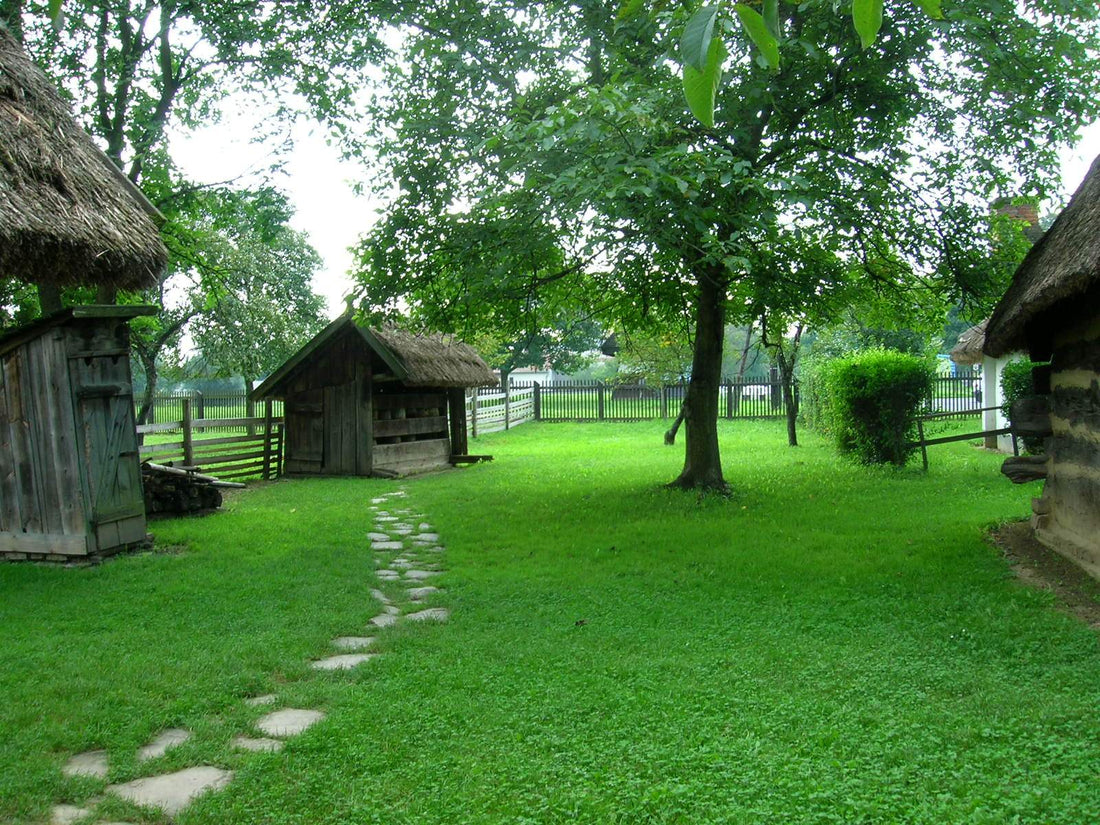Growing in the Great Outdoors

Outdoor Growing
While hydroponics is generally associated with indoor growing, it can also be done outside. If someone is on a limited budget, doesn't have the proper space, or just wants to be as natural as possible they might want to consider starting up an operation outside.
Advantages
- Free light! This is probably by far the most important one as it's not only free but it has the perfect spectrum as well.
- More options for space. While this may not always be the case but in general backyards or other open spaces are less cramped, which allows the plants to be spaced further apart maximizing light penetration and air circulation.
- Low start up cost. For someone without means or cheapskates getting a simple operation up and running won't break the bank.

Disadvantages
- The environment isn't always willing to cooperate. Whether it be frost, hail, wind, rain or drought, all it takes is an short amount of neglect in poor conditions for a crop to be lost or at the very least set back.
- Pests can potentially be a bigger problem depending on location. Growing in a secluded area should be a bit safer, but beside agricultural lands there's a risk of pathogens from the crops being passed on.
- Finished product is generally considered inferior.

Growing Medium
There are several different options here but container gardening in a peat or coco based medium are the best in terms of potential yield since heavy feeding is possible. Keep in mind that once plants become large they will become top heavy and will be prone to tipping over especially in windy conditions. Weights can be put on top of the growing media to add stability or better yet the pots can be dug into the ground. Tomato cages will also offer better stability in container gardening.
Compost in raised beds is also a good option and can also be fertilized, but care must be take so that burning from too much fertilizer doesn't occur as there could be a lot of residual nutrients.

Genetics
One of the most important factors in any type of horticulture is what kind of traits a crop will have. Factors such as disease resistance, quality of finished product and yield are all important, but when growing outside how fast a plant takes to finish is also extremely important for colder climates as it has to be done before the first frost.
Forced Flowering
On a related subject, don't completely rule out using an indoor strain which uses a short day photoperiod. If there's some mechanism to block out a few hours of daylight in order to induce flowering it could very well work. In some colder climates this will have to be done as early as the first week of July. It can be done with a shade cloth or any type of light blocking structure. Care must be taken to engage and remove any light blocking structures at exactly the same time every day.
Botrytis
Also known as grey mold this is a bane of growing outside which isn't typically found with growing indoors. It is most common in periods of heavy moisture especially late in the season when plants are dense and there is a lot of dew in the morning. It can quickly decimate a crop and it's best to work to prevent it since it is very difficult to irradiate once it has been established.

Mother Plant Nursery
While this wouldn't be a method recommended to large scale producers, a smaller indoor grower could consider moving their mother plants outside for the summer. This would be a way to get through the off season with minimal work and lower temperatures in the house. There would also be abundant growth to clone off of in the fall. Care would have to be taken not to introduce any pests from the outside however.
While this is not meant to be a comprehensive guide, it should give a few ideas to those who don't have the opportunity to grow inside or others looking to build their growing experience.

2 comments
Thank you for your comment and for using our products.
Aside from the 3 part, Grow, Micro and Bloom there are no absolute requirements when it comes to additives. If you use Bud Start and Bud Boom you will come out with a better yield than with no additives, however using more additives including Ton-O-Bud in your feeding program will only enhance your crop in regards to yield and quality. It is totally up to you on how much you want to customize your feeding program with additional additives.
I have a cannabis growing license, and can grow up to 50 plants per year. This will be my third grow. My first grow was using Miracle Grow potting soil with ordinary tap water and yielded approximately 30 grams per plant. All my grows are in a passive greenhouse. My second grow was with Promix potting soil with mycorrhizae in 5 gallon pots using the Future Harvest three part nutrients ( Micro, Grow, and Bloom ) I added Cal-Mag during the blooming stage. The second grow yielded an average of 60 grams per plant. My third grow will be the same 5 gallon pots using Promix HP with 30% coco coir added. I plan to use the same basic 3 part nutrient regimen with the Cal-Mag during bloom stage . I have also bought the Bud Start, and the Bud B.oom. My question is : Do I also need to use the Ton-O-Bud during the mid stage of the blooming cycle. As well do you have any other suggestions. Additionally I will only be using RO water for irrigation.